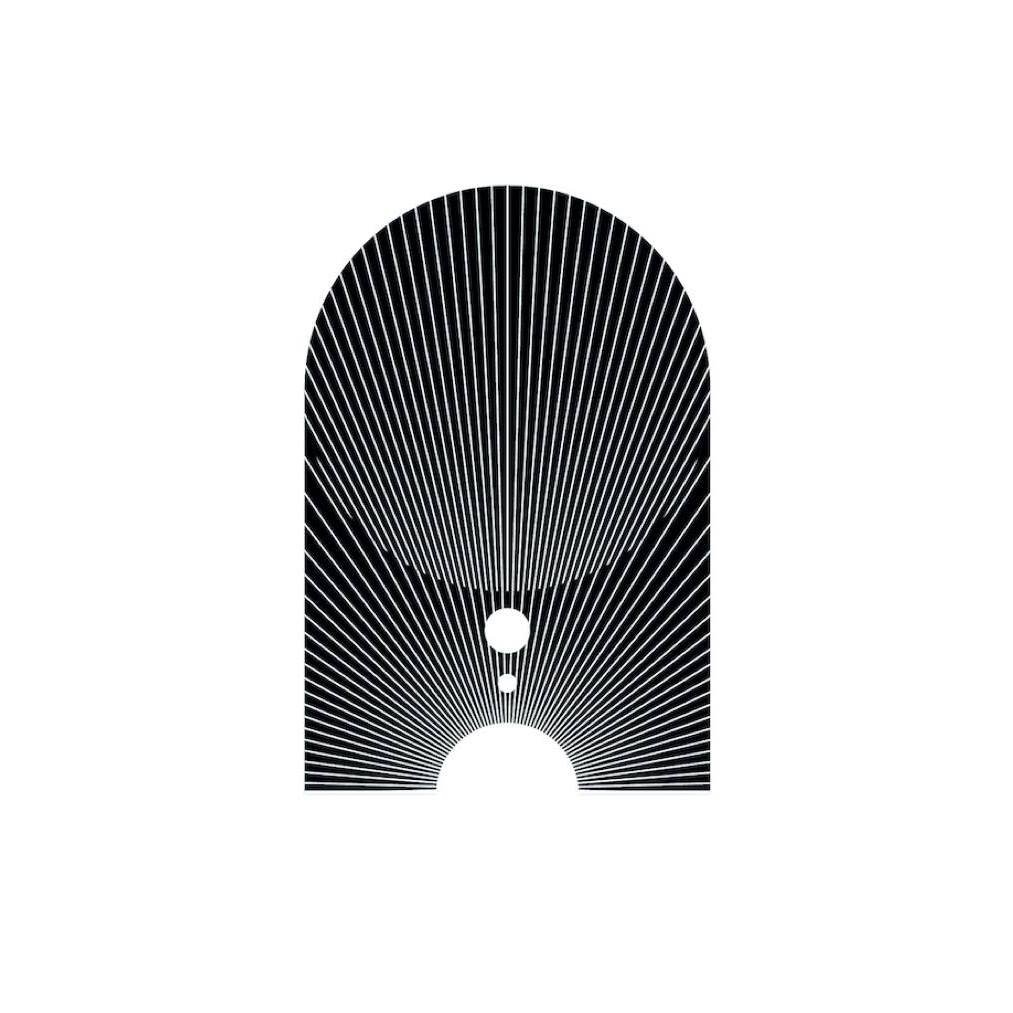Ryanne Molinari
Ryanne Molinari is a pianist, organist, and worship director. She is currently the director of traditional worship at Bethany Lutheran Church in Cedar Rapids, Iowa, and serves at Prairie Bible Church, where her husband is a pastor. In addition to ministry, Ryanne has an established career as a collaborative pianist and recently performed at Carnegie Hall with Chorale Midwest as a pianist and vocalist.
Ryanne received her Bachelor of Music in piano performance (minor in organ) from Biola University, where she was also a member of the Torrey Honors College. She continued to earn her Master of Letters in “Theology and the Arts” from the University of St. Andrews, Scotland. Her master’s dissertation focused on musical practice as a spiritual discipline, and her scholarly work has been accepted by publications such as The Journal of the T.S. Eliot Society and Transpositions: Theology, Imagination, and the Arts. Ryanne is currently pursuing her Doctor of Ministry from Covenant Theological Seminary.
To read/listen to more of Ryanne’s work, follow her on Instagram @Ryanne_JM or check out her website: RyanneMolinari.com.
an excerpt from “the sacrifice”
At the beginning of the year, Mrs. Mendall’s sixth-grade class adopted a ferret. It spent a week being jostled in its cage by curious children until, one morning, a more intriguing object arrived: a glass tank illuminated by heat lamps, crawling with tubes and wires. Forgetting the ferret, the students gathered around the incubator with unprecedented orderliness, perhaps sensing the delicacy of its contents.
“Can I see?”
“Is that—?”
“It couldn’t be!”
“I heard they do a lab with a real—”
“That speck?”
“It could be!”
Speculation simmered, fluttering from the students’ lips and hovering hot on the glass before fading to nothing. At the exact moment that the intercom sounded for class to begin, Mrs. Mendall strode into the room, welcoming her students as she tossed a half-empty paper cup into the wastebasket without looking. Cold coffee sloshed against the plastic lining. Her entrance and greeting were mechanical, the product of twenty years in the profession. “Good morning, ladies and gent—”
She caught herself: no archaic language.
“Students,” she finished instead.
The children scurried to their desks — all but one girl, who lingered by the tank. She stood so close that her nose left a smudge on its side that remained even when her breath died away.
“You’ll have a chance to see inside the tank soon,” said Mrs. Mendall.
“I can’t see it,” murmured the girl.
“That’s alright.” Mrs. Mendall consulted her tablet, which glowed with the faces and names of the students before her. “Bethany, is it?”
The girl nodded and adjusted her oversized glasses, which were nearly as opaque as the smudge on the glass. Mrs. Mendall’s brow creased as she looked between the girl on her roll sheet and the girl before her, who had lost the healthy pinkness in that former girl’s cheeks and lips. She would speak to the school nurse later.
Mrs. Mendall resumed her clipped tone. “I’m surprised anyone can see what’s in the tank. Do any of you know what it might be?”
Bubbling with rumors only minutes before, no student stirred now. Mrs. Mendall tried again, “Bethany gave us a good hint about what’s in this tank. It’s one of the smallest objects visible to the naked eye. Does anyone want to guess?”
The tank was hot under the scrutiny of twenty-seven pairs of eyes, all straining to see the impossible thing within. Finally, a red-haired child in the front volunteered.
“Yes, Amelia?”
“Mel, please.”
“Of course—” she made a quick note. “Mel?”
“Is it an egg?”
“You’re close! It’s a bit more than that. Does anyone know?”
Every student leaned forward, captivated by what they’d only discussed in whispers, blushes, and jokes, but that was now before them.
“Nobody?” Mrs. Mendall tsk-tsked. “And I was told you’d be my brightest sixth-graders yet!”
Mel ventured, “It starts with a Z?”
“Good,” said the teacher. “If you look at the screen, you’ll see a magnified photo of what we have in this incubator: a fertilized egg, a zygote.”
She swiped through slides. “You might have heard of this project from friends or siblings, so I hope you’re excited about it. Can anyone tell me what they know about this project?”
A few hands waved in the air as whispers flit about the classroom. Mrs. Mendall smiled indulgently; this lab had always been popular. It had been conceived several years ago. After the pandemic, the district began cutting funding for art and other non-essentials. With a newly-bloated S.T.E.M. budget, Sanger Elementary purchased updated science equipment, including a groundbreaking device: the Class Mother 2029 Artificial Womb.
A child in the front row raised his hand so high that it drew him up like a fish on a line. Another student coughed impatiently. Bethany coughed for real and her seatmate shot her a look of concern.
Mrs. Mendall called on the fishing line boy. “Yes?”
“This is the experiment where we get to see pre-birth development and we get to grow
an actual—”
“Correct.” Mrs. Mendall signaled for him to sit, cutting him free and dropping him back to his seat, breathless. “Thank you—?”
“Evan.”
“Of course. That’s right, Evan.” Mrs. Mendall proceeded to inform her students that, since they had spent a large portion of the previous year studying anatomy and were themselves growing by leaps and bounds, it was fitting to participate in a simulation of the reproductive systems in real-time. Flipping off the lights, Mrs. Mendall began to explain the workings of the Class Mother 2029.
The tank’s contents glowed a fleshy hue, illuminating a heated, bag-like structure within. Some could even detect — veiled by the plastic womb — the faintest ghost of the CM2029’s tiny ward.
Read more of “The Sacrifice” in Solum Journal Volume IV.

